Dubai’s Green Leap: How Technology is Building a Sustainable 2024
In the heart of a region known for its desert heat, Dubai is paving the way towards a more sustainable future, one in which green technology is a fundamental pillar
With growing global awareness of the challenges of climate change, Dubai is emerging as a role model in adopting environmentally friendly technologies that contribute to reducing the carbon footprint and achieving sustainable development
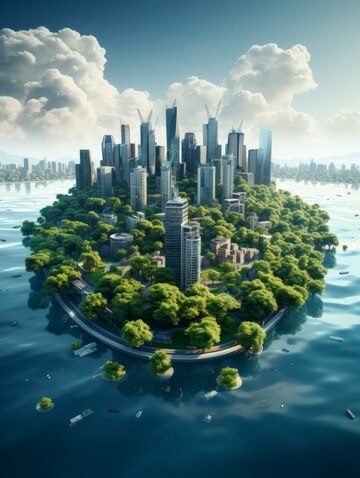
Dubai’s Green Leap: How Technology is Building a Sustainable 2024 : Definition of green technology
Green technology refers to the application of scientific knowledge and technological innovation to develop products, services and processes that reduce the negative impact on the environment, or contribute to repairing existing environmental damage
Green technology aims to
Conserve natural resources: such as water, energy and raw materials
Reduce pollution: by reducing greenhouse gas emissions and waste
Improve resource efficiency: through recycling and reuse
Support biodiversity: by protecting ecosystems and endangered species
Areas of green technology
Renewable energy: such as solar energy, wind energy and hydropower
Energy efficiency: such as improving the efficiency of buildings and electrical appliances
Sustainable transportation: such as electric cars and public transportation
Water management: such as desalination and wastewater treatment
Waste management: such as recycling and converting waste to energy
Sustainable agriculture: such as organic agriculture and hydroponics
Green technology is an essential element for achieving sustainable development, as it contributes to
Protecting the environment for future generations
Improving public health
Creating new job opportunities
Promoting sustainable economic growth
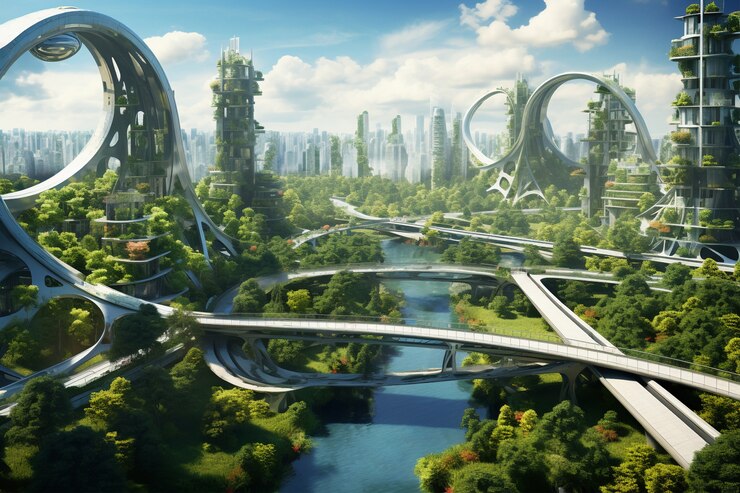
Dubai’s Green Leap: How Technology is Building a Sustainable 2024
Green Technology: A Green Revolution in the Desert
Green technology is not just a catchy name, but a set of smart solutions that harness innovation and modern technologies to achieve a balance between economic development and environmental conservation. These solutions range from renewable energy, green buildings, sustainable transportation, and efficient management of natural resources
Dubai 2024: An Ambitious Green Vision
Dubai recognizes the importance of green technology in achieving its ambitious vision to become a leading city in sustainability by 2024. This vision is reflected in a range of strategic projects and initiatives, including
Renewable Energy: Bright Sun and Promising Future
Mohammed bin Rashid Solar Park: The largest project of its kind in the world to generate solar energy with a capacity of 5,000 megawatts by 2030
Dubai Clean Energy Strategy 2050: Aims to provide 75% of the emirate’s energy needs from clean sources by 2050
Green Buildings: Sustainable Engineering for a Better Life
Green Building Requirements: Strict laws to ensure energy and water efficiency in new buildings
Mushrif Park Innovation Park: A pioneering model for integrated green buildings
Sustainable Transportation: Towards a Smart and Environmentally Friendly City
Dubai Metro: One of the Most Sustainable Rail Transport Systems in World
Hybrid and Electric Taxis: Encouraging the Use of Green Transport
Efficient Water Management: Preserving a Precious Wealth
Advanced Desalination Technologies: Reducing Energy Consumption in the Desalination Process
Smart Irrigation Systems: Saving Water in Gardens and Green Spaces

Dubai’s Green Leap: How Technology is Building a Sustainable 2024 : Challenges and Opportunities Towards a Greener Future
The journey towards green technology is not without challenges, including the cost of some modern technologies and the need to build local capabilities in this field. However, this journey provides great opportunities for investment in environmentally friendly sectors, creating new jobs, and enhancing Dubai’s position as a global hub for innovation and sustainability
Green technology is not just an option, but an urgent necessity to build a better future for future generations. Thanks to its ambitious vision and great capabilities, Dubai is moving steadily towards achieving this goal
The most prominent current projects in Dubai related to green technology
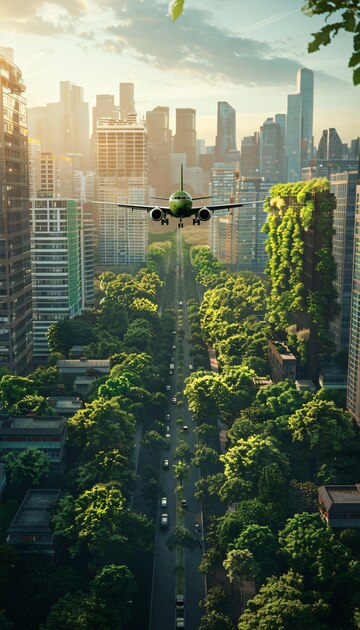
Dubai is an incubator for innovation and a living laboratory for green technology, translating its ambitious vision into tangible reality through pioneering projects that inspire the world. Here are the most prominent projects that consolidate the emirate’s position as a sustainable city
Mohammed bin Rashid Al Maktoum Solar Park
This project is the largest in the world to generate solar energy on a single site, with a capacity of up to 5,000 megawatts by 2030
The complex contributes significantly to reducing carbon emissions in Dubai, and enhances its position as a global center for clean energy
Sustainable City
This city represents a living model for sustainable urban communities, as it relies entirely on solar energy and harvests water from rain
The city applies the latest environmentally friendly technologies in the fields of construction, transportation, and waste management
Masar 2071 Project
This project aims to transform Dubai into a city that relies entirely on artificial intelligence and advanced technologies in all sectors, including the environment and energy
The project focuses on developing innovative solutions in the fields of renewable energy, smart transportation, and efficient management of natural resources
Smart Dubai Initiative
This initiative aims to transform Dubai into a smart and fully connected city, relying on technology to improve Quality of Life and Environmental Preservation
The initiative includes projects in the fields of smart transportation, energy management, vertical farming, and other applications that enhance sustainability
Smart Drone Reforestation Project
This project aims to plant millions of trees in Dubai using drones equipped with advanced technologies
This technology contributes to accelerating the reforestation process, reducing its costs, and enhancing the vegetation cover in the emirate
Using 3D printing technology in construction
Dubai encourages the use of 3D printing technology in the construction sector, as it allows for reducing waste and costs and improving the efficiency of resource use
Solar-powered water desalination projects
Dubai is investing in projects to desalinate seawater using solar energy, with the aim of securing sustainable water sources and reducing the carbon footprint
These projects reflect Dubai’s commitment to harnessing green technology to build a more sustainable future, and inspire other cities around the world to follow the same approach in addressing the challenges of climate change
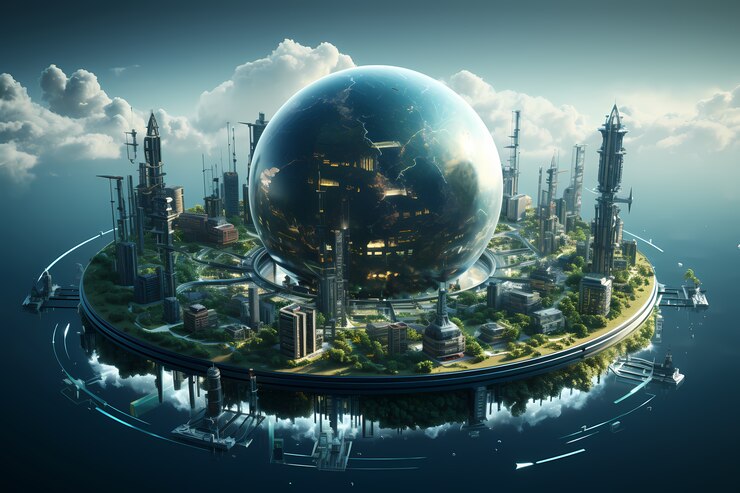
How do these projects impact the local economy in Dubai?
Green technology projects in Dubai are a key driver of sustainable economic development, contributing to
Creating new job opportunities
These projects require qualified personnel in various fields such as renewable energy, sustainable engineering, and information technology, which contributes to creating new job opportunities for the rising generation
Encouraging investment in start-ups and small and medium enterprises that focus on developing innovative solutions in the field of sustainability
Attracting foreign investment
Enhancing Dubai’s position as an attractive destination for global companies and investors wishing to participate in large, environmentally friendly infrastructure projects
Contributing to diversifying sources of income and reducing dependence on oil as a primary source of revenue
Enhancing the tourism sector
Green projects contribute to promoting the concept of sustainable tourism and attracting tourists looking for environmentally friendly tourist destinations
Enhancing Dubai’s image as a modern and sustainable city on the global tourism map
Reducing costs in the long term
Energy and water efficiency projects contribute to reducing consumption bills for individuals and institutions
Reducing infrastructure maintenance costs in the long term
Improving quality of life
Green projects contribute to improving air quality and reducing environmental pollution
Providing spaces Green and public parks enhance well-being for all
Overall, green technology projects in Dubai represent a strategic investment in the future of the emirate, enhancing its economic and environmental sustainability and consolidating its position as a leading city on a global level
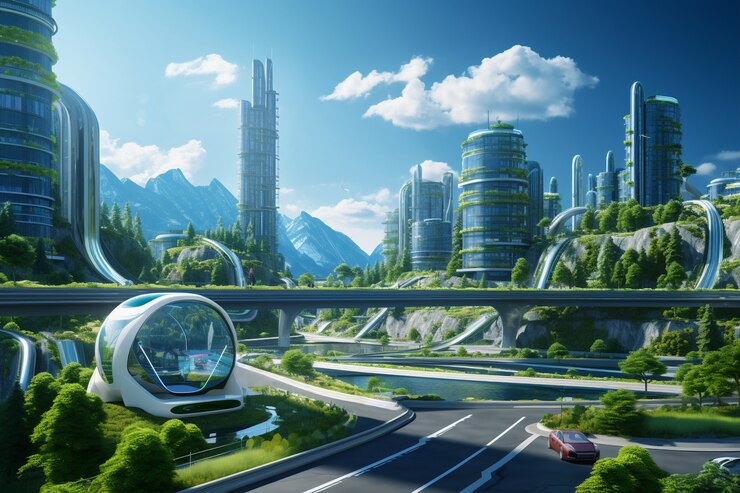
Local investors can benefit from these projects
Green technology projects in Dubai provide promising investment opportunities for local investors, enabling them to achieve growing financial returns while contributing to building a sustainable future. Here are some ways local investors can benefit from these projects
Direct investment in renewable energy projects
Investors can finance or participate in solar and wind energy projects in Dubai, either individually or through investment funds
The Dubai government offers incentives and partnerships to the private sector to encourage investment in this field
Invest in green technology startups
Support startups that develop innovative solutions in areas such as energy efficiency, water management, and waste recycling
Dubai’s business incubators and accelerators provide support and guidance to these companies
Invest in sustainable real estate
Real estates with high sustainability features, such as energy and water efficiency and environmentally friendly materials, are more valuable
Investors can buy or develop sustainable commercial or residential properties to achieve high rental returns in the long term
Invest in exchange-traded funds (ETFs) specializing in sustainability
These funds give investors exposure to a basket of shares in global companies that focus
Top green technology startups in Dubai
Entrepreneurship is thriving in The green technology sector in Dubai is booming, as evidenced by the emergence of many promising startups. Here are some of the most prominent ones
Renewable Energy
Yellow Door Energy: Provides solar energy solutions for companies and factories, helping them generate clean energy and reduce electricity costs
Siraj Power: Focuses on enabling companies to use solar energy through the “solar leasing” model, allowing them to benefit from clean energy without large capital investments
Water Management
Manhat: Develops smart water management solutions, helping buildings and facilities rationalize water consumption and reduce waste
Aquaponica: Focuses on hydroponics, a technology that allows plants and fish to be grown together in a closed ecosystem, reducing water and land consumption
Recycling and Waste Management
Bee’ah: One of the leading companies in waste management and conversion into energy in the Middle East, contributing to transforming Dubai into a city with a low carbon footprint
DGrade: Converts recycled plastic bottles into sustainable and high-quality fabrics and clothing
Sustainable Transportation
Careem: Encourages the use of shared vehicles and electric cars through its shared transportation application
ONE MOTO: Electric motorbike rental service in Dubai, helping to reduce congestion and pollution
Clean technologies
Desert Control: Developed a “liquid nano clay” technology to transform sandy soil into fertile soil capable of retaining water, contributing to food security in arid regions
Amity Robotics: Develops smart robots to perform cleaning and maintenance tasks in buildings in an efficient and sustainable manner
These companies are just some of the inspiring examples of Dubai’s growing green technology scene, contributing to the emirate’s vision of becoming a global hub for innovation and sustainable development
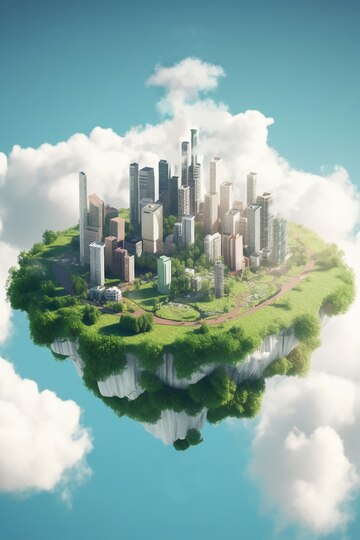
In this article, we will answer the common questions people ask on Google about green technology in Dubai and sustainable technology. You will learn about the latest initiatives and projects that aim to make Dubai a more sustainable and innovative city. Read on to discover how these technologies contribute to improving the quality of life and boosting investment in eco-friendly properties in Dubai
What does green technology mean?
Green technology is the use of science and technological innovation to reduce the negative human impact on the environment
It aims to find sustainable solutions to problems such as pollution, resource depletion, and climate change
Its applications range from renewable energy and waste management to sustainable agriculture and clean transportation
What are the goals of green technology?
The goals of green technologies are multifaceted and far-reaching, and the most prominent ones can be summarized as follows:
Environmental protection
Mitigation of climate change: by reducing greenhouse gas emissions (such as carbon dioxide) and shifting towards renewable energy sources
Improving air and water quality: by reducing harmful air pollutants and treating wastewater effectively
Preserving biodiversity: by protecting threatened ecosystems and reducing pressure on natural resources
Promoting sustainability
Using resources efficiently: by reducing energy, water and raw material consumption
Encouraging recycling and reuse: to reduce the amount of waste sent to landfills
Supporting sustainable economic growth: by creating new job opportunities in green technology sectors
Improving human health
Reducing exposure to harmful chemicals: by using safer and more environmentally friendly materials
Improving food quality: by supporting sustainable agricultural practices that reduce the use of pesticides
Providing a healthier living environment: by improving air and water quality and reducing noise pollution
Promoting innovation
Stimulating research and development: in the fields of renewable energy, energy efficiency, and resource management
Creating new solutions Innovative technologies: to effectively address environmental challenges.
Building a more sustainable and prosperous future for future generations
In short, green technologies are a fundamental pillar for building a better future for people and the planet, and contribute to achieving a balance between economic progress and preserving our environment
What is agricultural technology?
Agricultural technology, or what is known as “AgTech” for short, is the application of modern and innovative technologies in various stages of agricultural production with the aim of improving its efficiency and productivity while preserving natural resources.
Agricultural technology applications include a wide range of fields, including
Precision agriculture: It relies on collecting accurate data on fields and crops using sensors and drones, and then analyzing this data to accurately determine the different needs of each part of the field, whether in terms of irrigation, fertilization or pest control, which contributes to rationalizing the use of agricultural inputs and increasing crop productivity.
Vertical farming: It is the cultivation of plants in vertical layers within closed and fully controlled environments, which allows the possibility of growing crops throughout the year regardless of external climatic factors, and it also contributes to saving water and agricultural land.
Agricultural robots: Robots are used to perform various agricultural tasks such as planting seeds, harvesting crops, and weed control, which contributes to saving labor and reducing costs.
Artificial intelligence and machine learning: These technologies are employed To analyze big agricultural data (Big Data) and predict crop yields, diagnose plant diseases, and make smart decisions about farm management
Biotechnology: It is used in areas such as genetic engineering to develop plant varieties that are more resistant to diseases and harsh climatic conditions, as well as in the production of environmentally friendly biopesticides
Agricultural technology aims to
Increase crop yields and improve their quality
Rationalize the use of natural resources such as water and agricultural land
Reduce agricultural costs and increase farmers’ profitability
Improve farmers’ working conditions and reduce the risks of exposure to chemical fertilizers and pesticides
Enhance the sustainability of the agricultural sector and meet future food challenges
In short, agricultural technology is one of the most important factors that will contribute to shaping the future of agriculture and providing food for the world’s growing population in a sustainable manner

